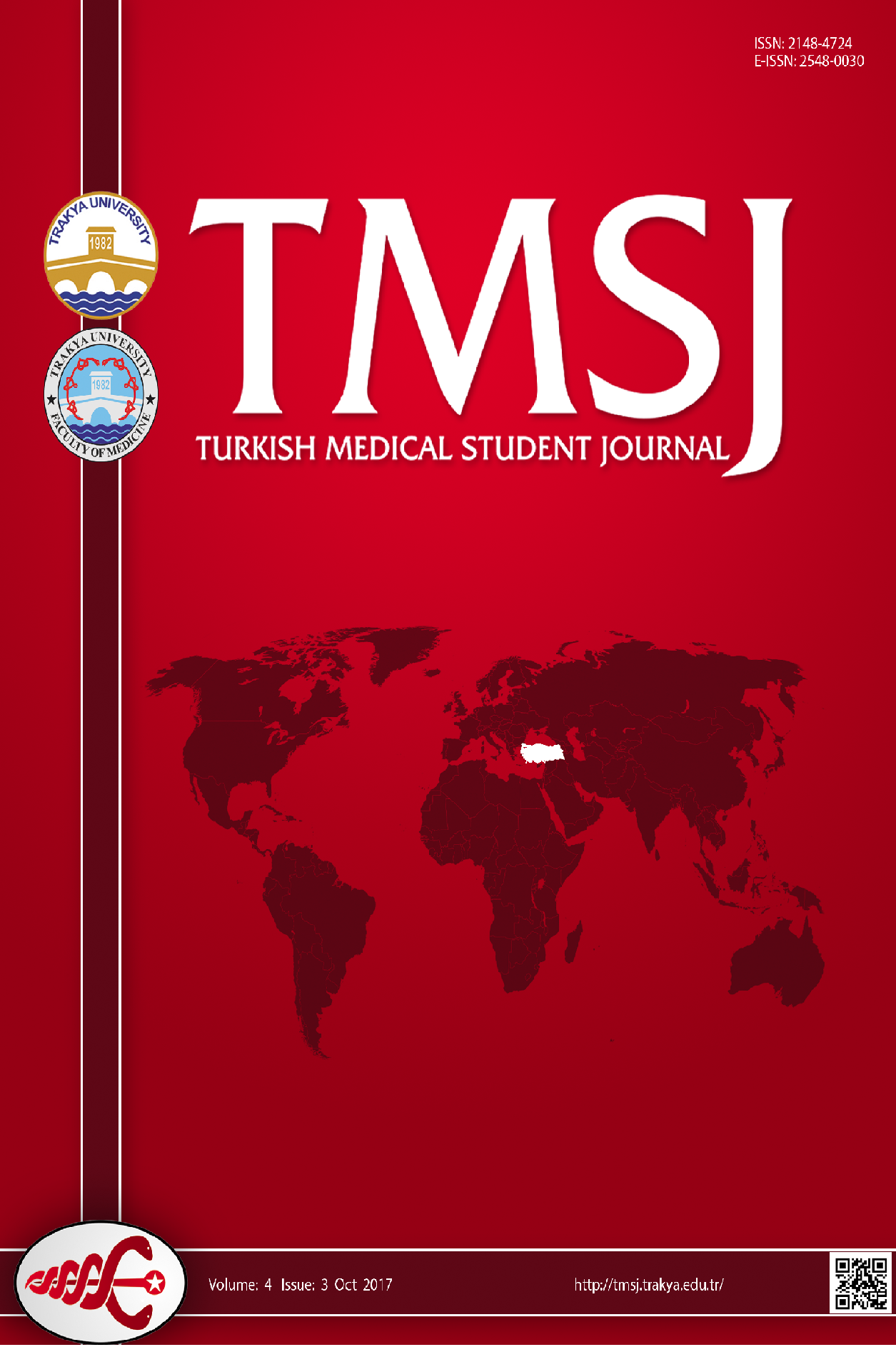
Turkish Medical Student Journal
Yazarlar: Berkin ERSOY, Bengisu GÜR 0000-0002-4280-3317, Kaan CİFCİBASİ, Hasan Orkun İPSALALI
Konular:Tıp
Anahtar Kelimeler:Anterior cerebral artery,Middle cerebral artery,Aneurysm,Infarction
Özet: Anterior cerebral circulation consists of the anterior cerebral artery and middle cerebral artery of the circle of Willis. The anterior cerebral artery’s course is clas- sified into two main segment classifications constructed by Fischer and Osburn et al. The perfusion area of the anterior cerebral artery extends medially over the entire frontal and parietal lobes, the septum, and the basal forebrain structures such as the hypothalamus, hypophysis, and optic chiasm. The anterior cerebral artery also provides blood to the rostrum, genu, and body of the corpus callosum. The anterior cerebral artery shows some anatomical variations throughout its course. Aplasia or hypoplasia are the common variants in the A1 segment, whereas fenestration occurs in rare cases. Azygos artery formation is a rare variant of the A2 segment, and recurrent artery of Heubner is an important branch arising from A1 and A2 segments, which is one of the main perforators of structures such as but not limited to the anterior parts of the internal capsule and the lentiform nucleus. Common variations of the middle cerebral artery comprise ac- cessory artery formation or duplication, early branching, and also fenestration. Although cerebral circulation is complex with many collaterals and variations, pathological disturbances in the blood supply can still occur. Anatomical variations, cardiac problems, ethnicity, age, and physical exercise are some of the many risk factors that account for pathological cases such as aneurysms, occlusions, dissections, infarctions, and stroke. Disturbances in the blood supply of such a crucial region may lead to severe disabilities, if not death. Middle cerebral artery syndrome is one of the most important pathologies of the brain, where the outcome is stroke. Whether the underlying etiology is stenosis or obstruction, two main mechanisms can be categorized as atherosclerotic and non-atheroscle- rotic. Atherosclerotic causes can be thrombus or emboli origin, and non-atherosclerotic causes can be due to hemodynamic compromise, vasculitis, arterial wall dissections, and moyamoya disease. Keywords: Anterior cerebral artery, middle cerebral artery, aneurysm, infarction